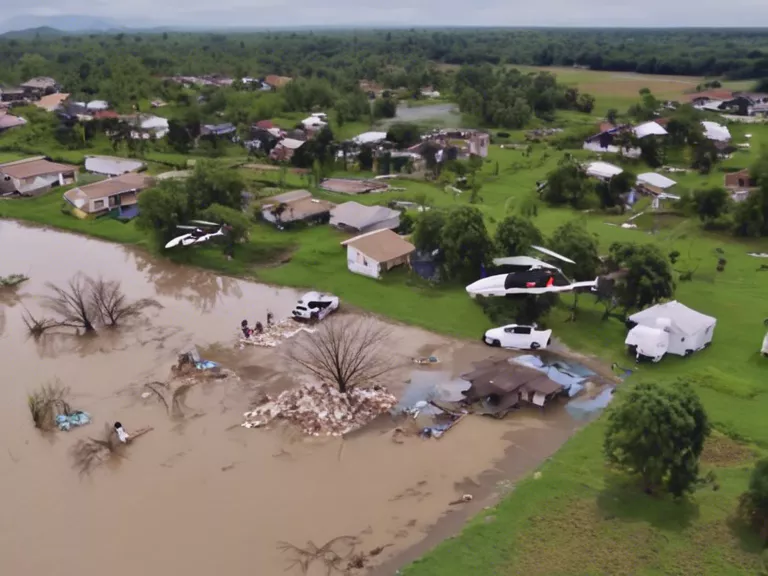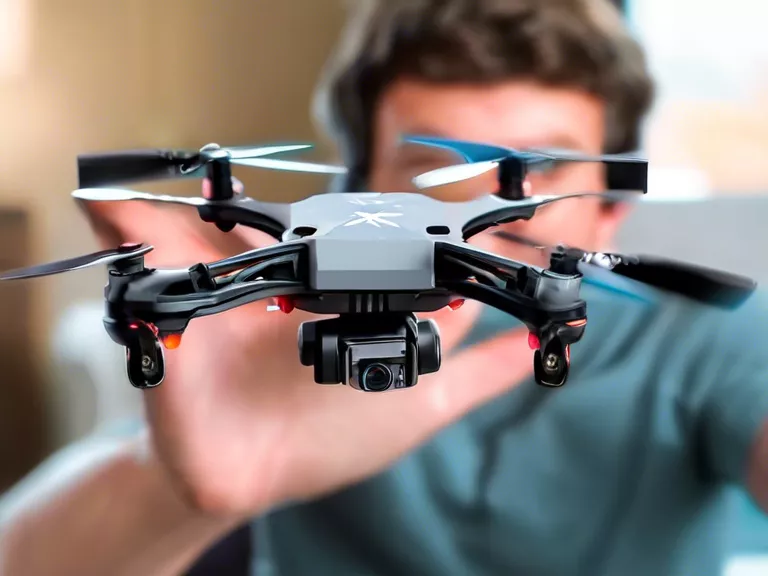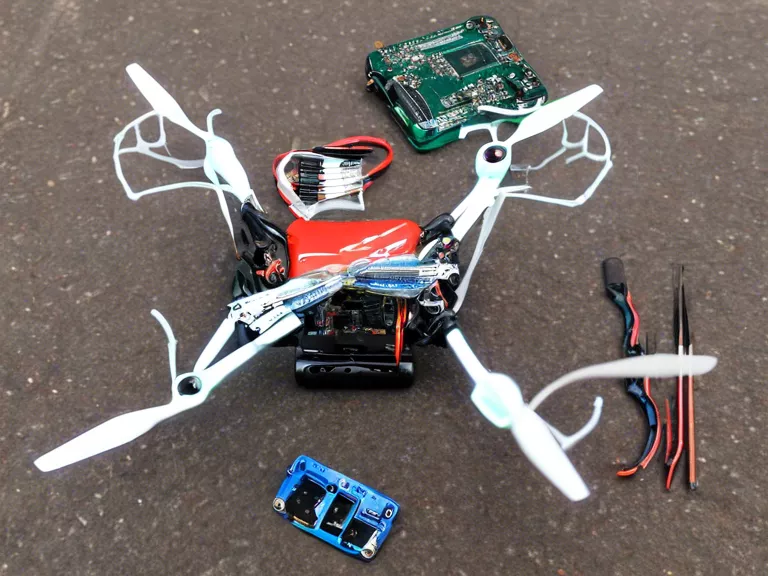
Drones have become an essential tool in disaster relief efforts, providing crucial aerial assessments that help streamline response and recovery operations. From natural disasters to humanitarian crises, drones are revolutionizing the way we approach emergency situations, offering a bird's-eye view of the affected areas to assess damage and prioritize resources. In this article, we will explore how drones are improving disaster relief efforts with their aerial assessment capabilities.
One of the key advantages of using drones in disaster relief is their ability to access hard-to-reach or unsafe areas. In the aftermath of a disaster, roads may be impassable, and infrastructure may be severely damaged. Drones can fly over these areas, capturing high-resolution images and videos that provide real-time data to emergency responders. This information is invaluable for assessing the extent of the damage, locating survivors, and planning rescue missions.
Moreover, drones can cover large areas in a relatively short amount of time, making them much more efficient than traditional methods of assessment. By using drones, relief organizations can quickly gather data on the scale of the disaster, identify areas that require immediate attention, and monitor ongoing developments. This rapid assessment is crucial in the early stages of a disaster when time is of the essence.
Another benefit of drones in disaster relief is their cost-effectiveness. Compared to manned aircraft or satellite imagery, drones are a much more affordable option for conducting aerial assessments. This allows relief organizations to deploy drones more frequently and cover a wider area without breaking the bank. In addition, drones are easy to transport and deploy, making them a versatile tool that can be used in a variety of emergency scenarios.
In conclusion, drones are playing an increasingly important role in disaster relief efforts by providing valuable aerial assessments that inform decision-making and resource allocation. Their ability to access hard-to-reach areas, cover large distances quickly, and do so cost-effectively makes them a critical asset in any emergency response toolkit. As technology continues to advance, we can expect drones to become even more integral to disaster relief operations in the future.



